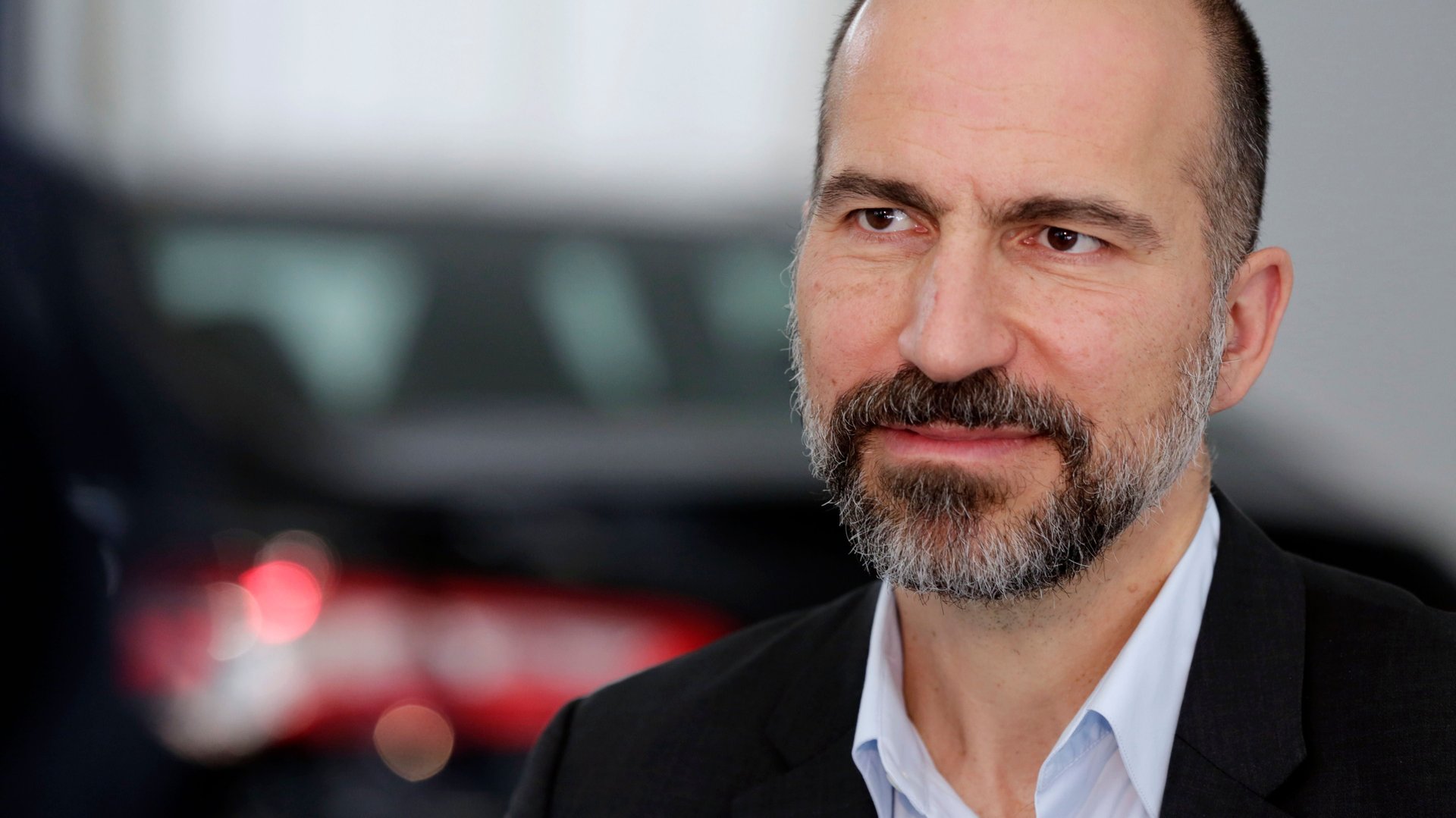In defense of Uber laying off another 435 employees
Uber, which is deep in retrenchment mode after a long-awaited public offering that hasn’t yet panned out all that well, cut another 435 jobs today (Sept. 10). It’s trimming 8% of the staff in its engineering and product groups, on top of the 400 people laid off in July from the company’s global marketing team.


Uber, which is deep in retrenchment mode after a long-awaited public offering that hasn’t yet panned out all that well, cut another 435 jobs today (Sept. 10). It’s trimming 8% of the staff in its engineering and product groups, on top of the 400 people laid off in July from the company’s global marketing team.
It’s tempting to view the news as righteous comeuppance for a company that arguably grew too fast from the get-go. The pursuit of that growth encouraged Uber’s long history of flouting the rules, and of tolerating a toxic culture that Uber itself now sees as a risk to its business.
But bask in the schadenfreude at your own risk. Setting aside the morality of taking pleasure in seeing hundreds of laypeople lose their job, you might consider, for a moment, the management call that led to these layoffs.
According to a statement Uber provided to TechCrunch, CEO Dara Khosrowshahi asked everyone on his leadership team whether they would replicate the departmental organizations they have today if they were to design them from scratch. “After careful consideration,” the statement reads, “our Engineering and Product leaders concluded the answer to this question in many respects was no.”
You could waste time faulting current or previous management for allowing things to get too unwieldy, for the rapid hiring and decentralized decision-making that flourished as Uber graduated, at breakneck speed, from wily startup to global ride-hailing giant. Or you could give Khosrowshahi the credit he deserves for calling a timeout and encouraging his leadership team to question the status quo.
Of course, it’s in Khosrowshahi’s favor right now to show Wall Street he has room to maneuver. Uber’s shares are trading 25% below their May IPO price of $45—and that’s with the nearly 4% pop the stock got today on the layoff news. (The shares, which closed today at $33.51, were trading below $31 earlier this month.) And Wall Street, of course, has a terrible history of cheering companies on as they slash their workforces.
But Khosrowshahi is no Chainsaw Al. For a company with 27,000 full-time employees around the world, 435 or even 835 job cuts, significant as they may be for those directly affected, are no indication of a scorched-earth mentality. Rather, these cuts would appear to constitute the fine-tuning phase that has long been documented—not right away, but eventually—when a new CEO takes charge.
Khosrowshahi arrived at Uber just over two years ago with a lengthy and urgent priority list, including the addressing of a reputational crisis, a cultural rebuilding, and one of the most anticipated IPOs in years. Layoffs, with their attendant blaring headlines, often signal trouble ahead. But the fact that Khosrowshahi has moved on to questions of organizational structure can be read as a good sign for Uber. It suggests he has shifted out of the mode of putting out fires—enough, at least, to spend some time lighting new ones under his management team—which in turn suggests that Uber won’t be undone by these layoffs one bit.